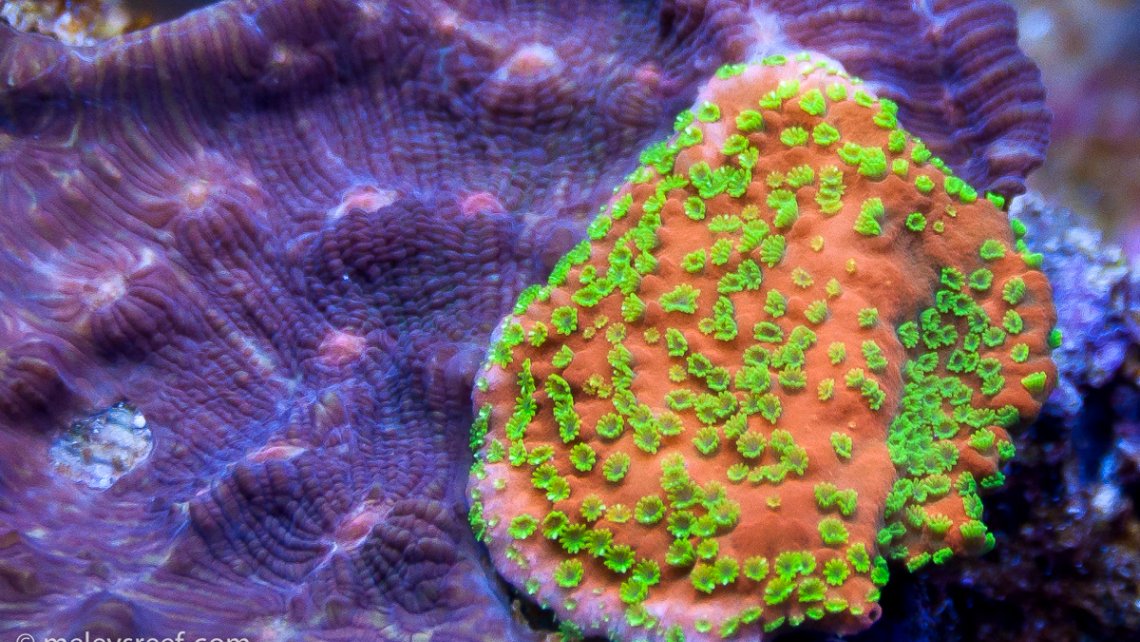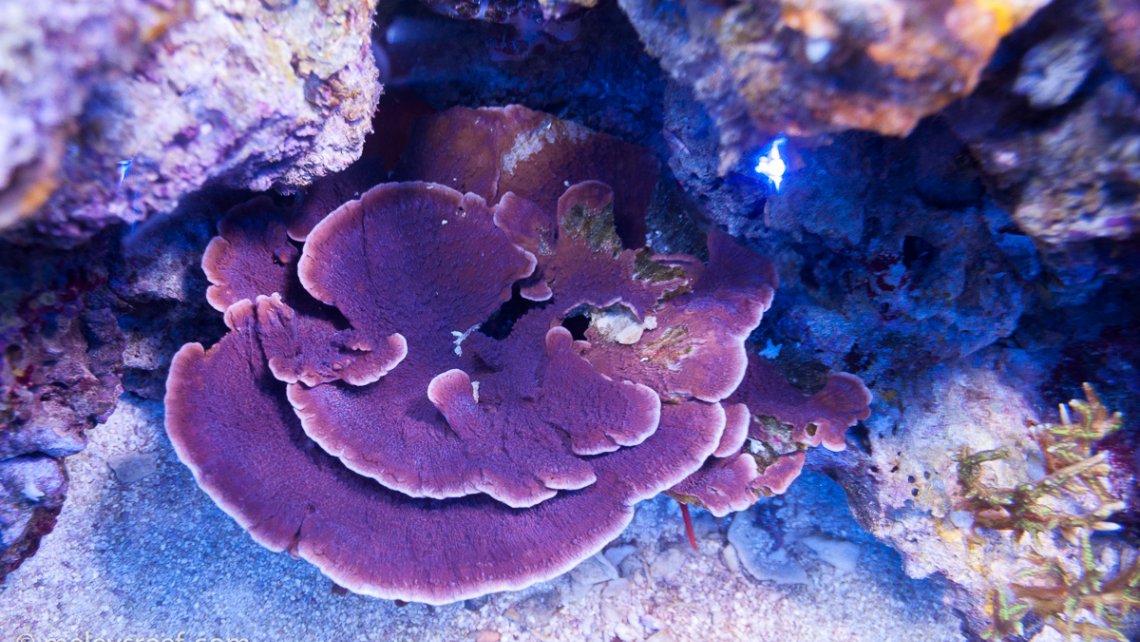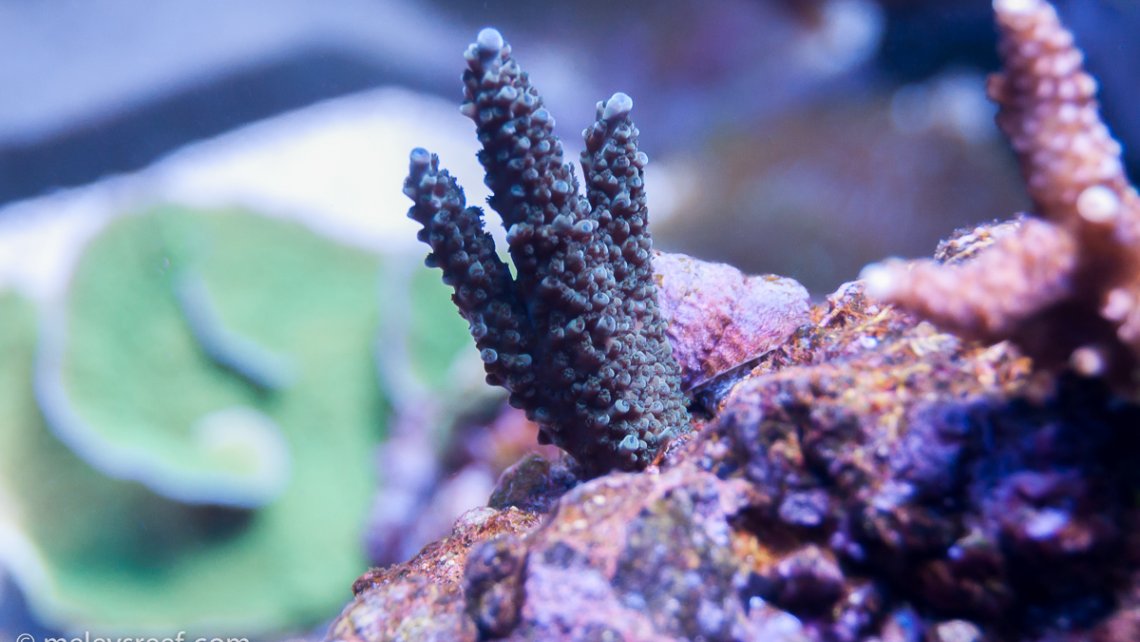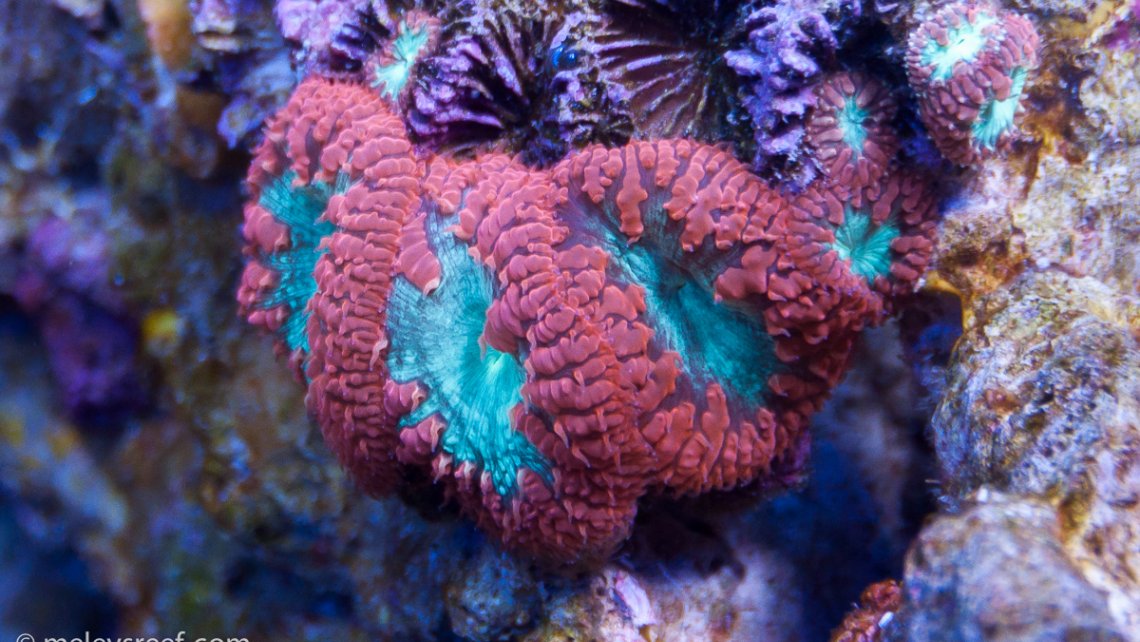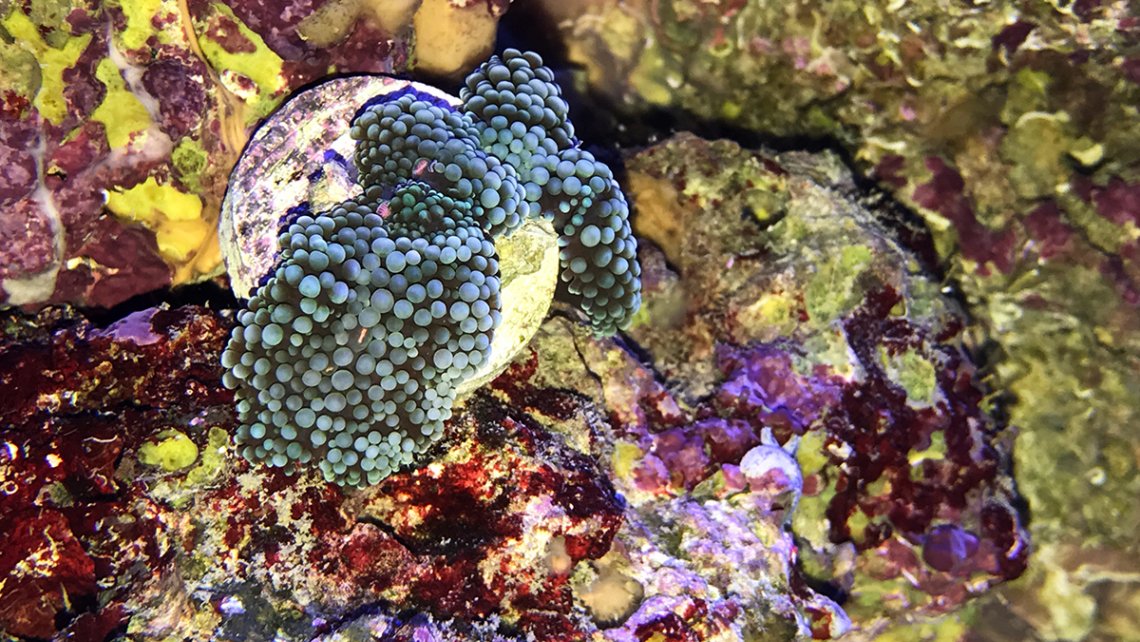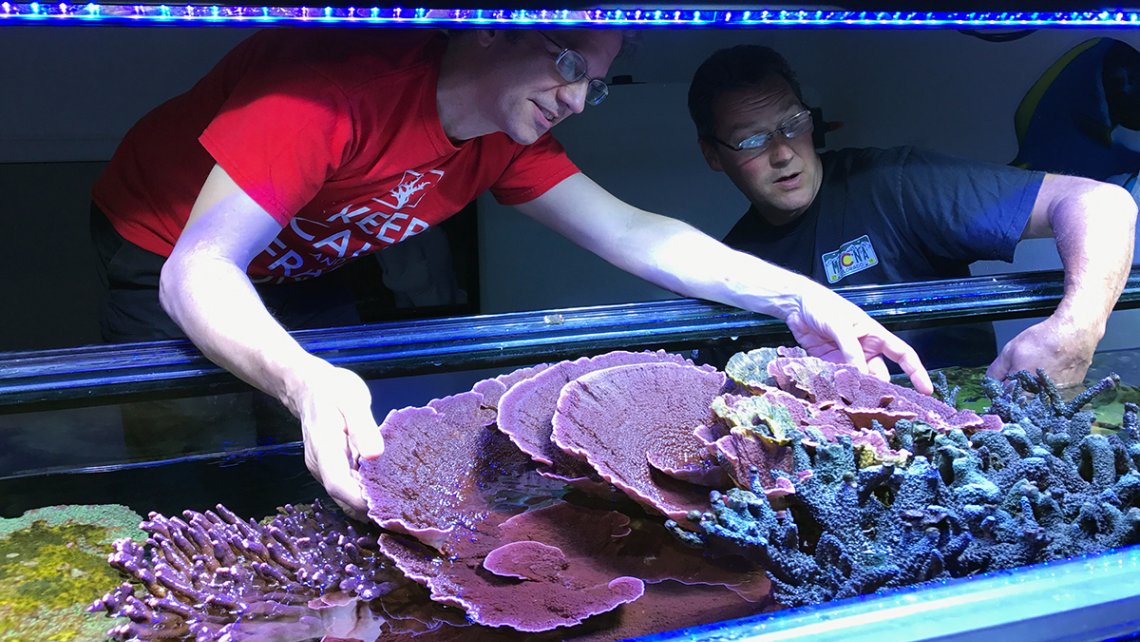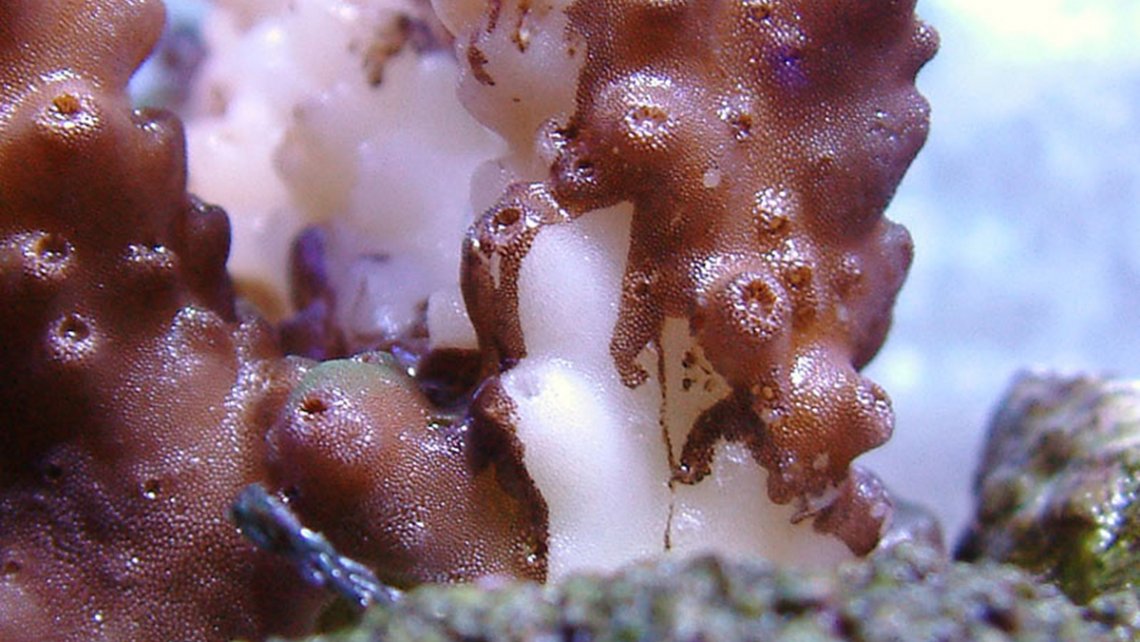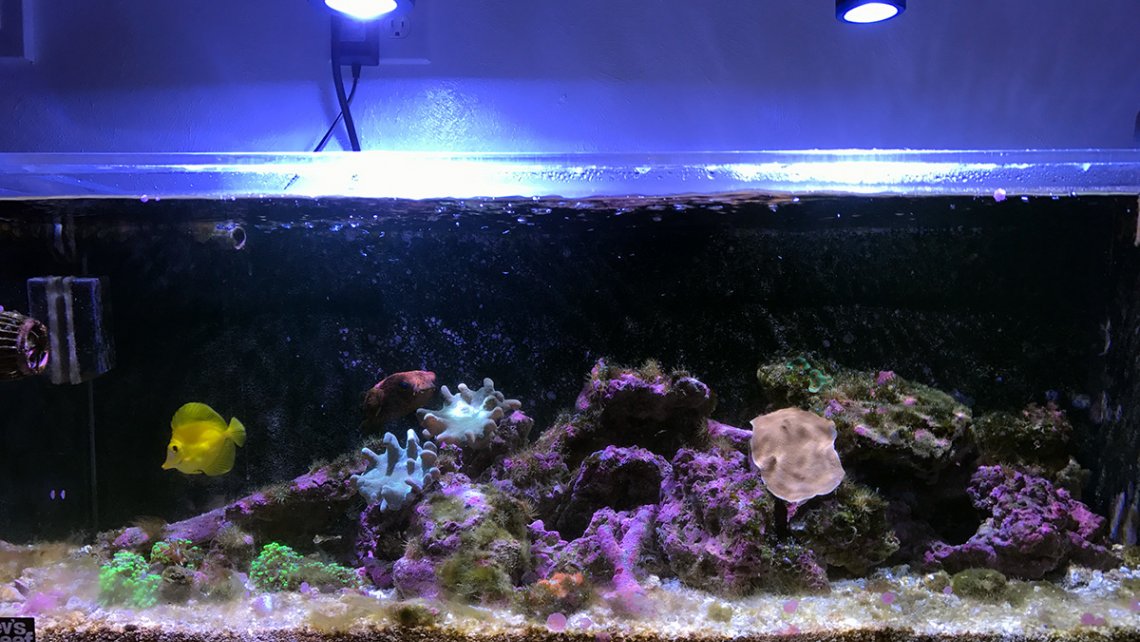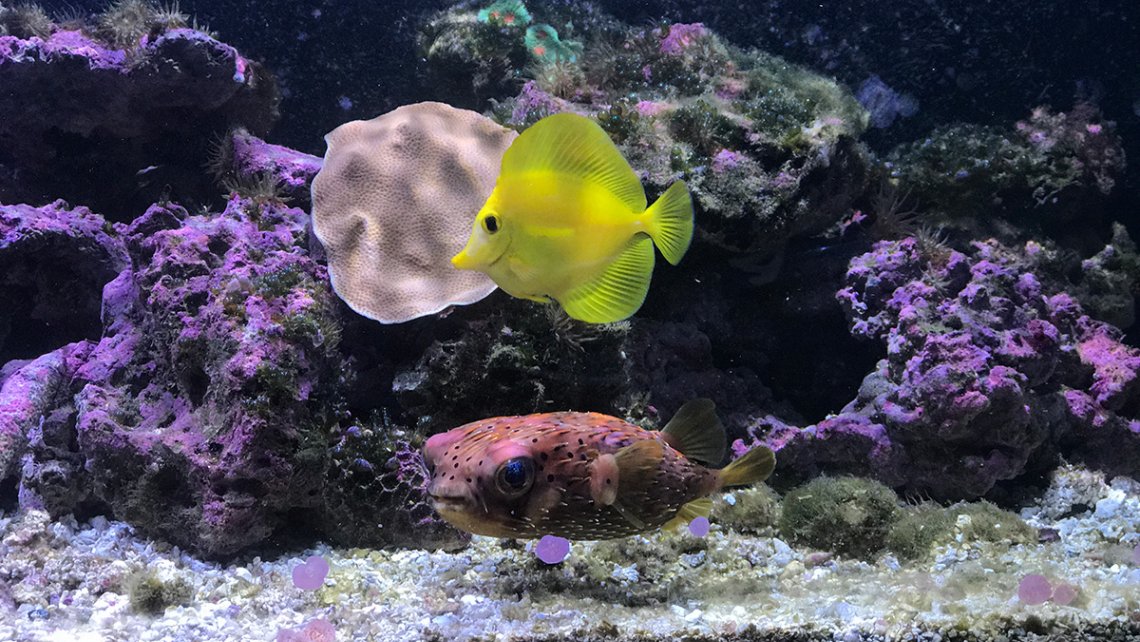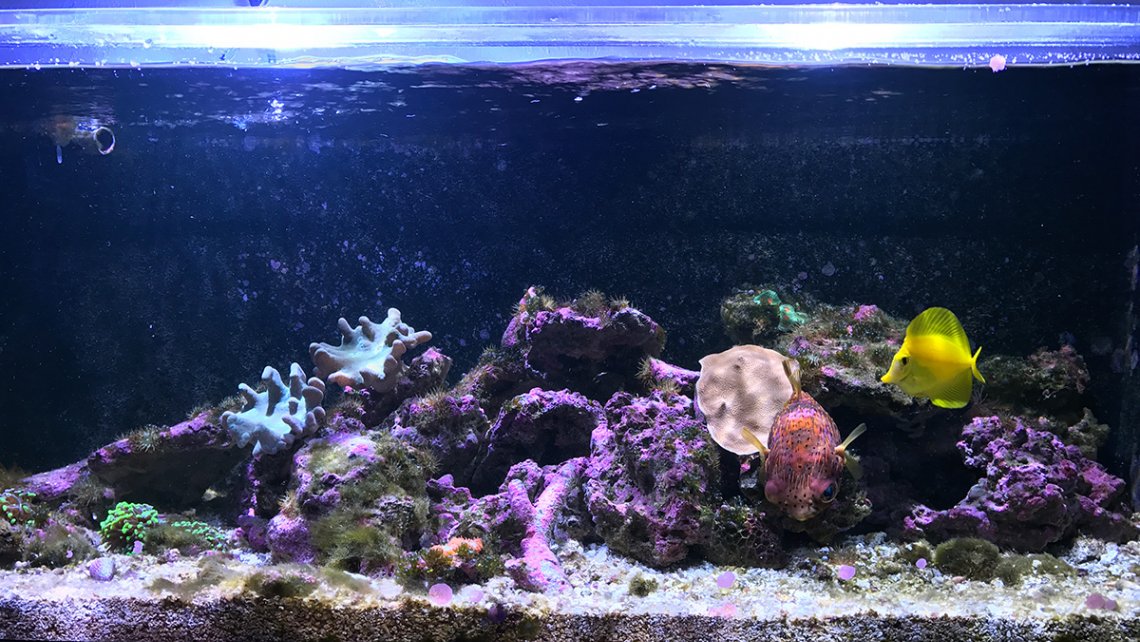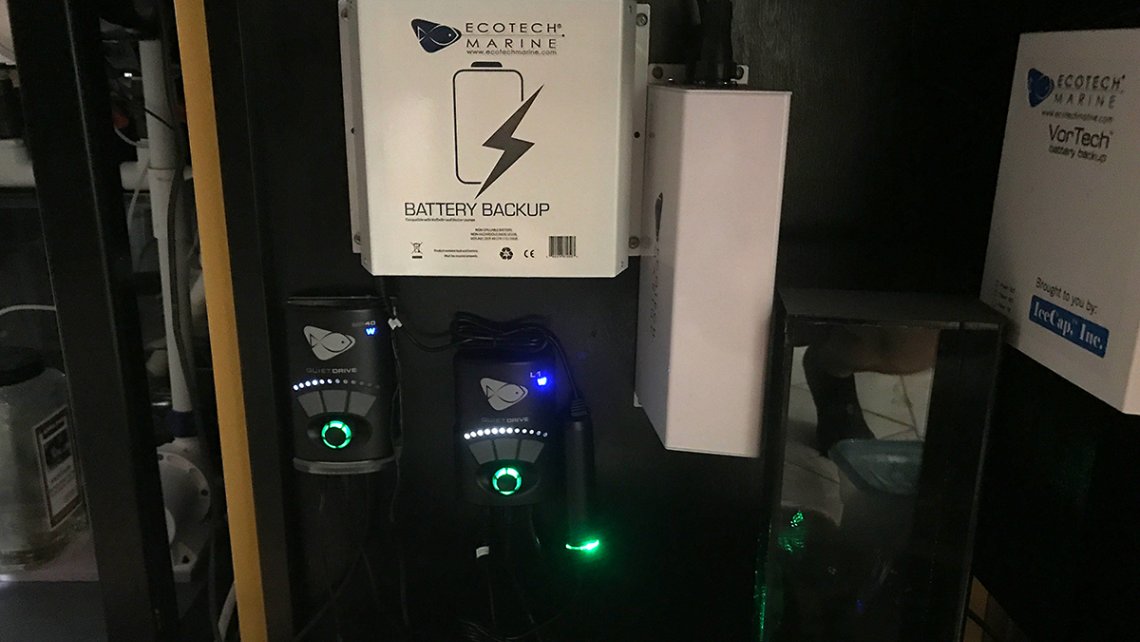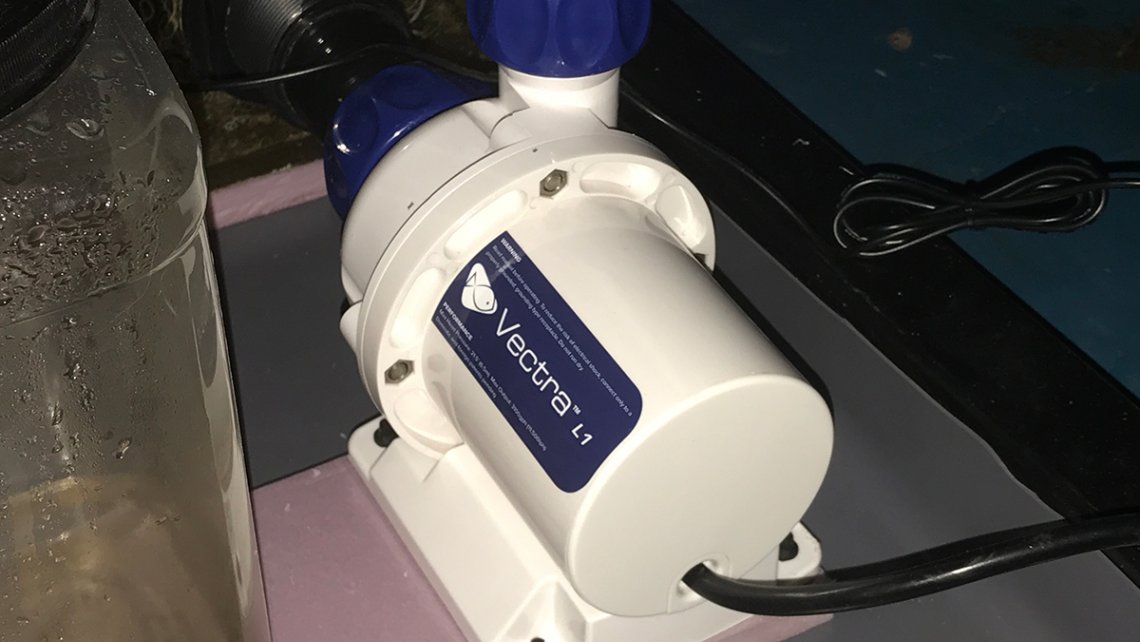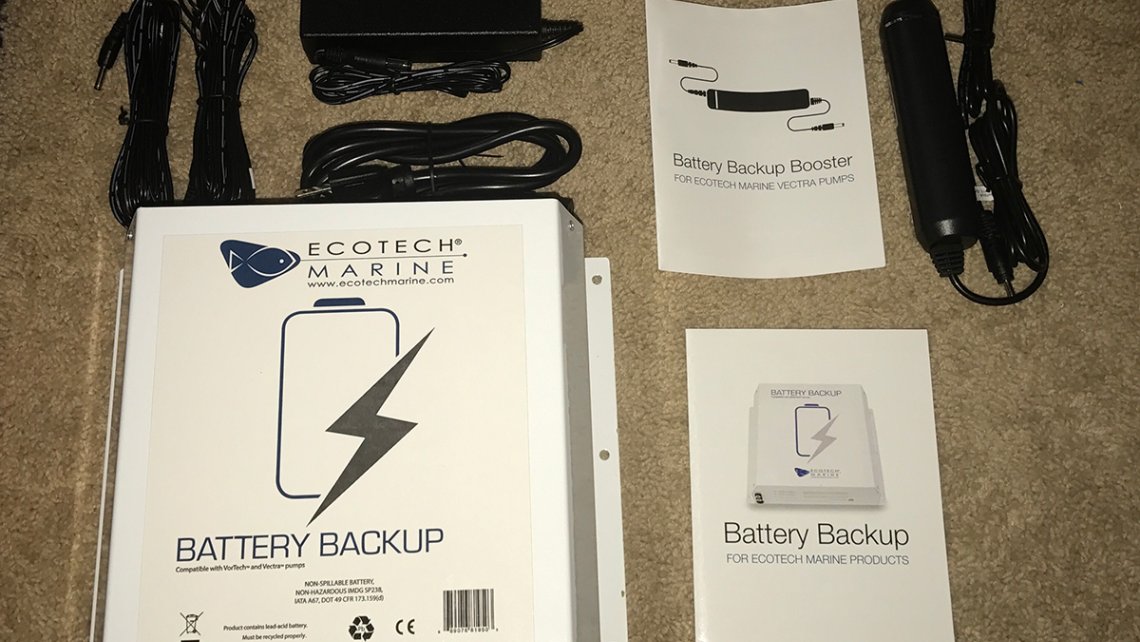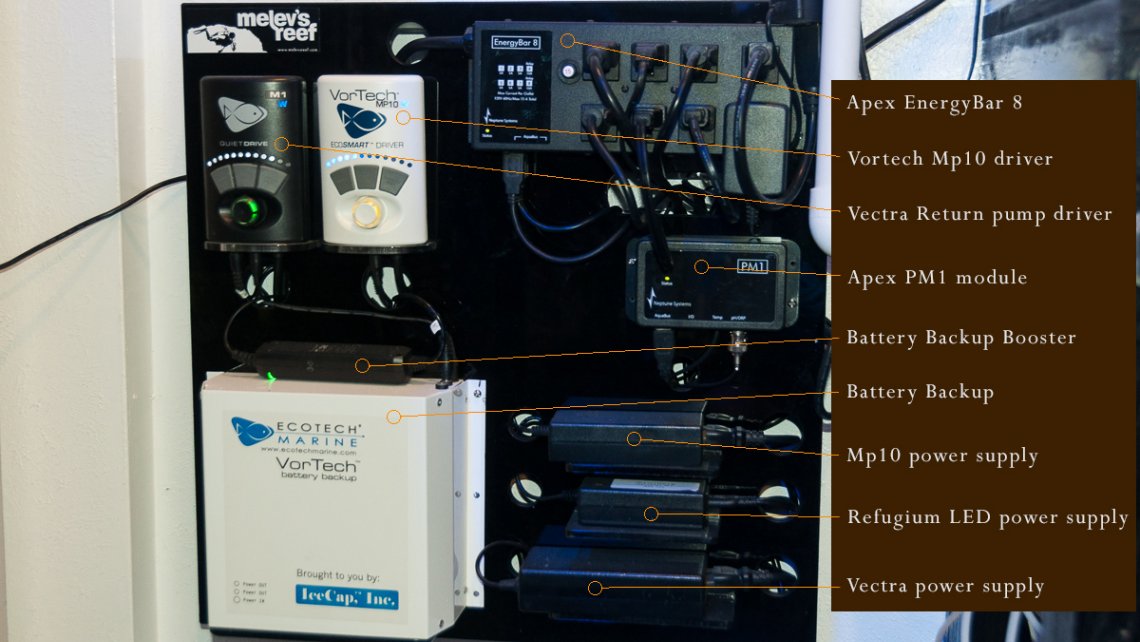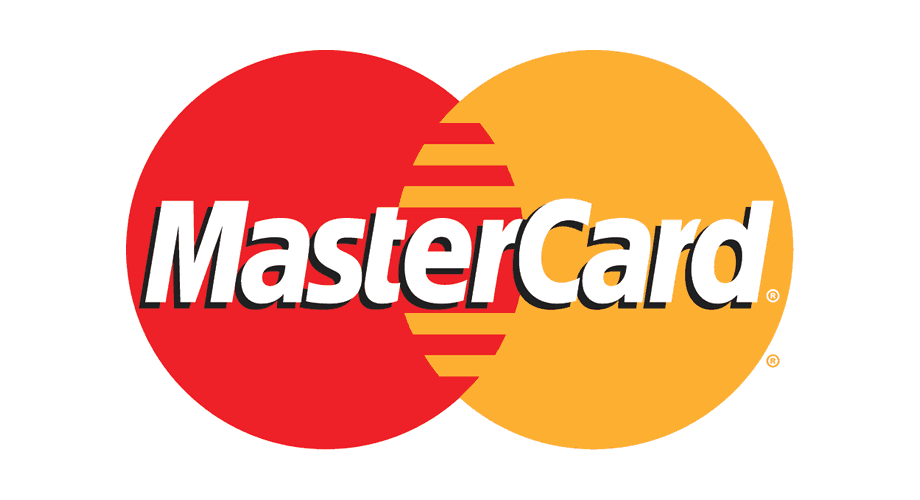Pictures from above
Two days ago I took a few pictures of the corals from the side of the tank, but today I wanted to get a few images from above as well. However, the lenses I have require a minimum focal length that frustrates my process. Basically, the corals are too close to the lens for it to focus. Shooting from the side of the tank with a tripod, I can back up slightly to get that perfect distance for a good shot, but from above there isn't much room. I'm going to try out a new lens soon and see if that works because I love shooting from above.
How nice is this?
It's been five days since the reef was reset. I knew I'd need some time getting used to the new look of the reef. Duane begged me to turn on the 20,000K lighting Saturday evening because "your rock is so white!" under 10,000K lighting. Not surprising since it had about 60 lbs of corals shading it for the past couple of years, right? After he was done gluing the last frags in place, I did flip over to 20,000K so he could see his handiwork.
Out with the old...
Last Saturday, Melev's Reef had a viewing party. Locals were invited to watch the transformation of the 400g which was desparately in need of a major clean-out. Corals had grown into massive colonies, completely shading whatever was beneath. Flow was obstructed, and the prettiest view was really only from above. Daily I saw the dead supporting skeleton holding up the living section above, and it was hard to 'like' my reef in that condition.
What does RTN look like?
Some ask "What is RTN?" It is an acronym for Rapid Tissue Necrosis, which means the tissue is dying fast. Ever heard of 'flesh eating disease' on shows like ER? It has to be cut off quickly before it gets into your entire body. Acropora suffer from RTN, and it just happens seemingly for no reason whatsoever.
The frag system update
The frag system has been less fun that I'd hoped. Water quality has been an issue because it's just not as stable as I like. While skimming is hands-free as well as top off, dosing three part to the tank is an unpleasant task for me. I'm spoiled by my calcium reactor on the big reef, and would probably love one on this smaller tank. Mixing up the solutions, replenishing the reservoirs as they run out, making sure the parameters are on target or adjusting the dosing pumps to compensate for preferred numbers... not a fan.
Ecotech Customer Service experience
I contacted Ecotech today. I'm the type of hobbyist that likes to plug something in, it works correctly and I'm done. I don't tinker with it incessantly, I don't change settings all the time; I want it to be on when needed, and off when required.
An Acrylic Power Panel to hide all those messy wires
This week's video is about a power panel I've been wanting to build for my frag system. All the gear that was on the floor is now finally up on the wall in a nice tidy panel, which looks nice and is easily accessible for me. There's no cover for this project because I didn't want one -- I like to just reach over and press a button or unplug something easily.
Where did the Sherman Rose Bubble Tip come from?
From DFWMAS.org: Ever wonder what the heck a Sherman Anemone is?! Well, the Sherman Rose is just a regular old Entacmaea quadricolor, or bubble tip anemone. What makes them so special is the fact that the original “nem” first entered a hobbyist tank back in 2000 and as such, is very hardy. They have a solid, deep red color that makes them incredibly striking, and they are quick growers when taken care of. Another reason they are so popular is that they will split for you pretty easily, allowing you to share your prized beauty with all of your friends.
Skunks ascending
Most of the time, the skunk clownfish remain in the tentacles of the Sebae anemone. Some have migrated to some nearby Duncans and are seen swimming through the green hammers, but the Sebae is their home. When I feed, the harem tends to swim out into the open to get their share. But today I saw something different: They were swimming upwards into the open water column in a group, which was rather appealing to observe. I tried to get a few pictures. These will will have to suffice.
